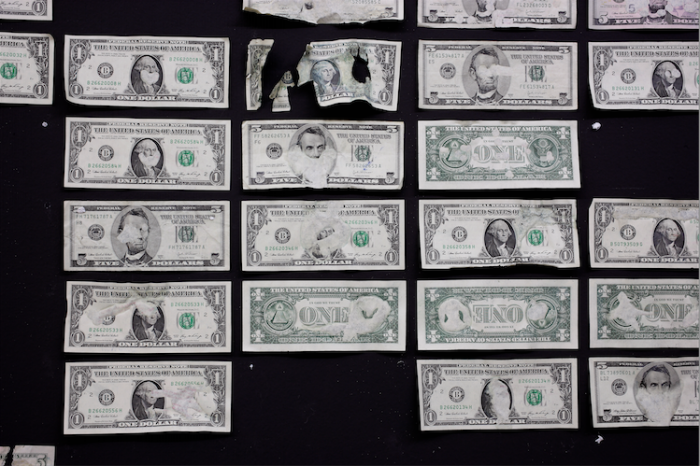Citation
Haiven, Max. 2015. “Art and Money: Three Aesthetic Strategies in an Age of Financialisation.” Finance and Society 1 (1): 38–60. https://doi.org/10.2218/finsoc.v1i1.1370
Abstract
Recent decades of financialisation have seen a significant growth in art that mobilises various forms of money as artistic media. These range from the integration of material money (coins, bills, credit cards) into aesthetic processes, such as sculpture, painting, performance, and so on, to a preoccupation with more ephemeral thematics including debt, economics, and the dynamics of the art market. This article explores three (and a half) strategies that artists use to engage with money: crass opportunism; a stark revelation of money’s power; a coy play with art’s subjugation to money; and a more profound attempt to reveal the shared labour at the heart of both money and art’s aesthetic-political power. Money’s perennial appeal to artists stems from the irony of its tantalising capacity to almost represent capitalist totality. At their core, both money and art are animated by a certain creative labour, a suspension of disbelief, and a politics of representation. Artistic practices that use money can provide critical resources for studying, understanding, and seeing beyond the rule of speculative capital.
https://drive.google.com/open?id=1hDY-NZp-j1ACH1rRuWb7erMFQfa2O36d
